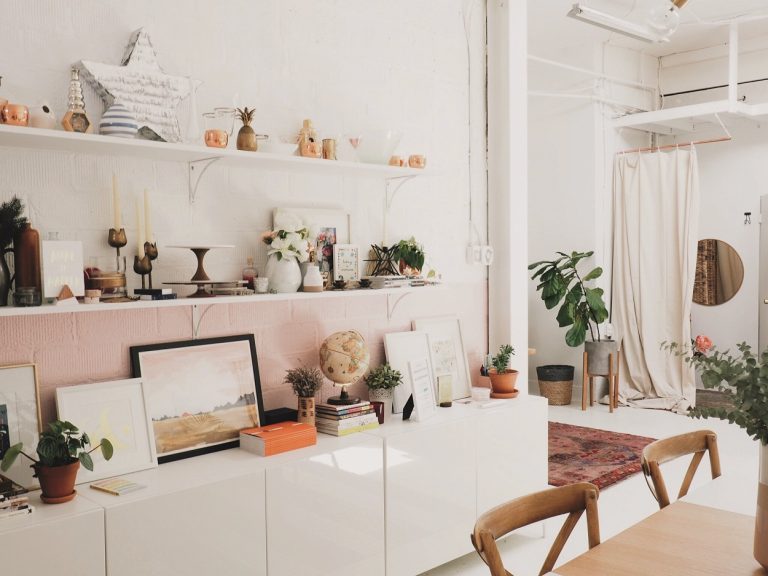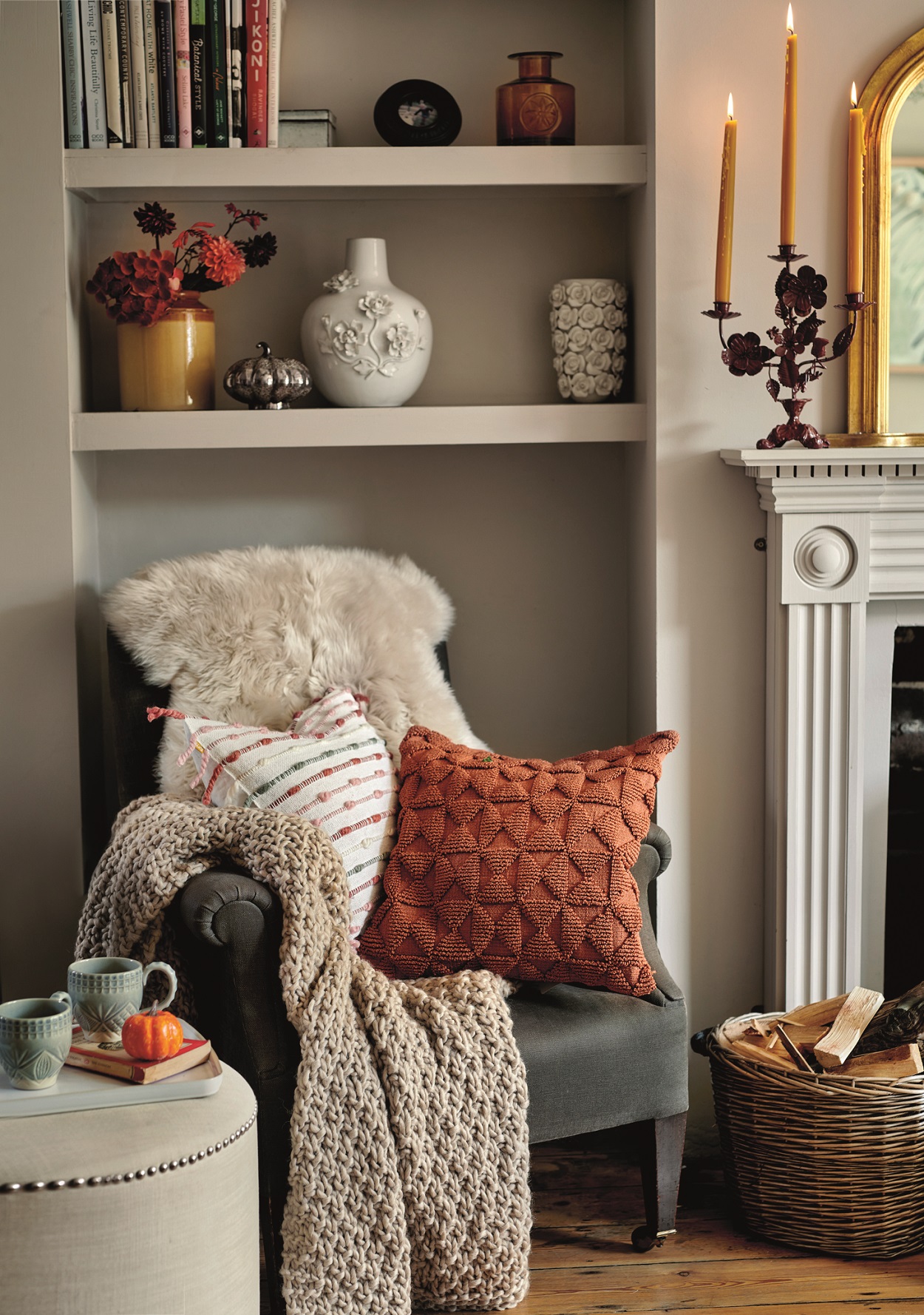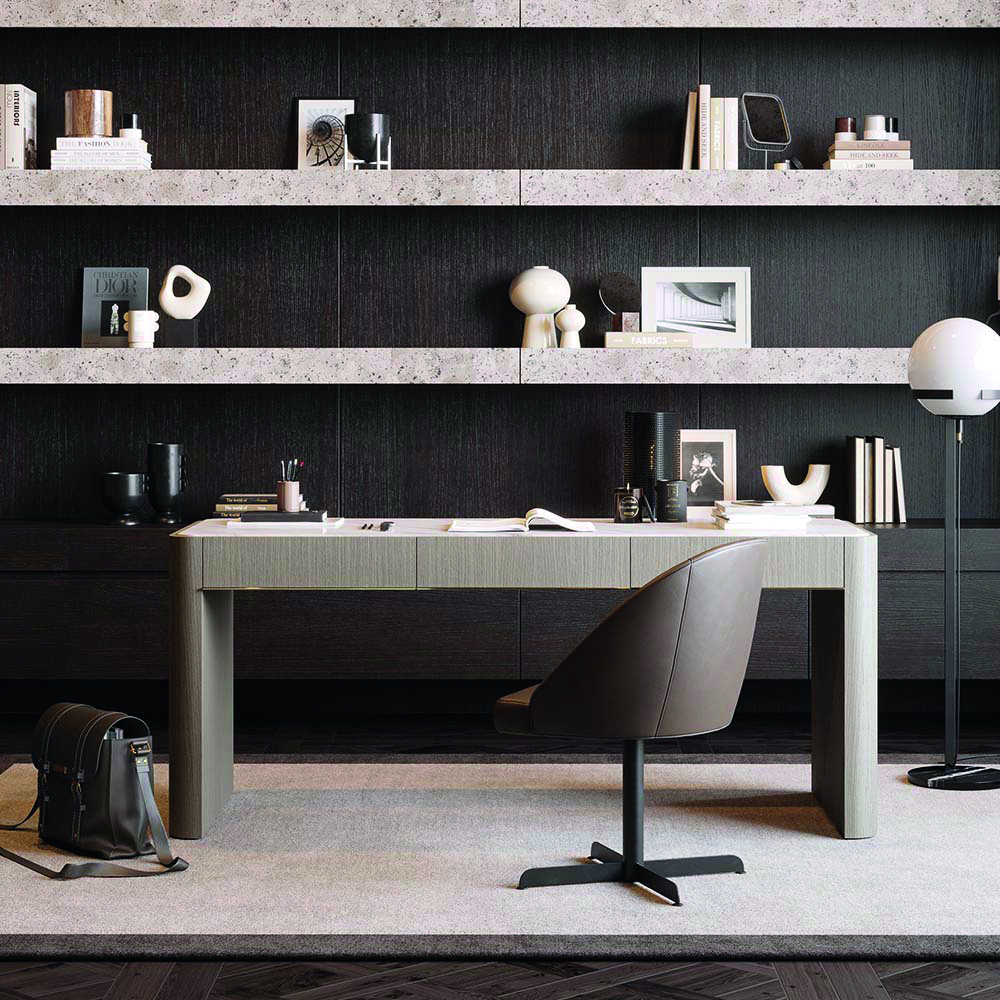Objet d’art
Posted 29th August 2023
The term objet d’art was, unsurprisingly, coined in France and originally used to describe works of art that were small, three dimensional and finished in a fine render to accentuate the aesthetics of the piece. But in 1997, a new exhibition set out to challenge people’s perception of art and brought international attention to a group of young British artists with diverse artistic visions.
Charles Saatchi’s controversial Sensation exhibition at the Royal Academy of Arts began with a disclaimer at the entrance, ‘there will be works or art …. which some people may find distasteful’. Amongst the exhibits were Damien Hirst’s shark (suspended in formaldehyde), Marcus Harvey’s Myra (a mosaic made using casts of an infant’s hand), Marc Quinn’s self-portrait (a frozen head made with pints of his own blood) and Tracey Emin’s tent titled ‘Everyone I Have Ever Slept With’. This was closely followed a year later by her infamous ‘My Bed’, which Charles Saatchi bought for £150,000 in 1999. It sold fifteen years later for £2.54 million, a great example of the subjectivity of art and the saying ‘one person’s ‘rubbish’ (or unmade bed) is another person’s treasure’.
Jump forward 25 years and it seems any object can now be classified as an item of art. An individual need only see the potential of a piece themselves for it to become their new quirky accessory placed in a worthy and prominent location. A meme written in neon lights, a desk sculpture sticking two fingers up (Jeffery-West), a taxidermy quail chick being lifted by a resin-cast balloon (Polly Morgan), a ceramic vase in the shape of a bare bottom or an ashtray in the shape of red lips (both Rockett St George)….. the options are limitless and without boundaries.

This subjective approach as to what does and doesn’t constitute an object of artistic merit, affords homeowners complete creative freedom when it comes to personalising their rooms with accessories. Consequently, the objects we choose to give prominence in our homes, say a lot about us. They speak to others about the individuals we are and encourage them to consider what we’ve chosen to display and why. Moreover, objets d’art can have increased substance and meaning when they are borne from life’s rich tapestry. So, it makes sense to include pieces that mean something to you, with a story behind them, that can provoke conversation and perhaps remind us of interesting or precious memories from our past.
As works of art, objects can be used to add drama, character and charm to a space. They can make for a welcoming statement in a hallway or be the finishing touch added to a living room. A structural vase, a bright canvas or an antique trinket can spark interest in your interior and have an impact much greater than its size. They can be used to brighten up an under stairs corner or draw attention to an otherwise, unimaginative recess at the back of a room. They can take centre stage in the middle of a large entrance hall or stand to the side of a room to add elegance without dominating. They can work in harmony with functional pieces when placed on tables, next to chairs or if positioned in the glow of a lamp. Objets d’art have the potential to add character in a way that a lick of paint or roll of wallpaper might struggle to do alone.
Smaller items can be grouped together to create a collection but keep the number of pieces odd – odd numbers work best for symmetry. Most interior designers opt for three, but five and seven items grouped together can also work. Consider the spatial composition; in a small area don’t make the grouping too large. Alternate the heights of the items from tall to short to create some interest and give the arrangement balance. Try not to clutter a surface, it’s easy to get carried away.

Often, it’s not what you put in, but what you leave out that makes the difference. Don’t be afraid to experiment – add and remove objects until you achieve a look that you are happy with.
If you cannot decide on a colour palette for your interior, then find an object that you love and draw inspiration from that. Either match the colours of your décor to the piece or use tones that will complement it. Select the dominant colour first, then add the smaller accent shades. A solid starting point is often all one needs to give a concept a coherent design direction, and it’s fun to be able to use an objet d’art as the catalyst.
Objets d’art allow people to express their personality and their beliefs through the decoration of their homes whilst also performing a range of invaluable practical benefits. A colourful piece might pull together all the tones of the room. A shiny object can lift an otherwise dark scheme. A matt object can calm down a bright space by absorbing light and not reflecting it. A tactile or curvaceous object can soften the look of a hard and angular interior and if it is partly made of fabric it can help to absorb sound where there could be an echo. A piece with a geometric or linear design can bring structure to a flowery theme, and consequently floral motifs can provide balance to an orderly or overtly geometric look. A piece set in front of a large blank wall or featured in a monotonous scheme without any sort of variation, can bring relief to the eye.
Works of art promote dialogue and inspire our imaginations. Art improves the quality of our lives and our living spaces and encourages us to think about new ideas and to explore and experience new perspectives on life. But most importantly, art helps us take time out from our busy lives to live in the moment, forcing us to stop and admire what’s been so carefully placed in front of us. Choose the position of your item or collection carefully to give it the prominence it deserves and have confidence in your ability to select your own art, displaying the pieces that speak directly to you. Surely, any items that have the ability to cause us to pause and appreciate the moment in this fast paced modern world that we live in, are worthy of the title ‘objet d’art’.
Rosie Kinsella
Interior Designer
01604 751262
www.millsandkinsella.com
